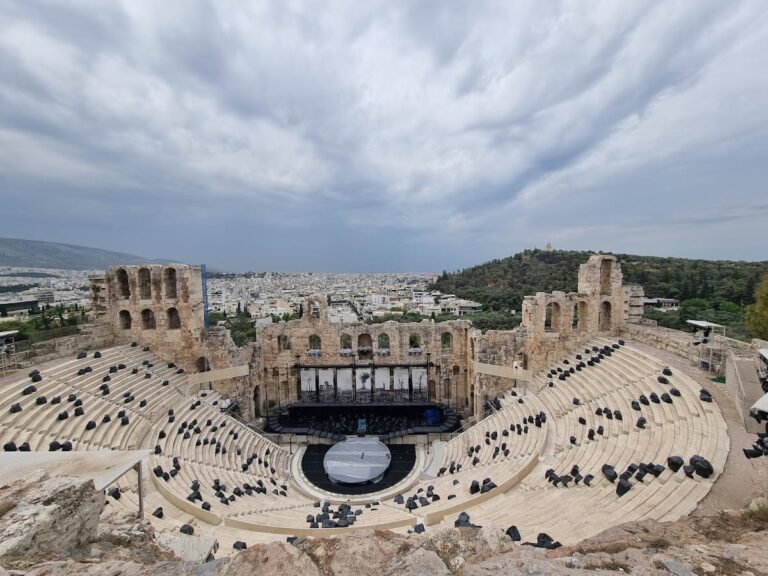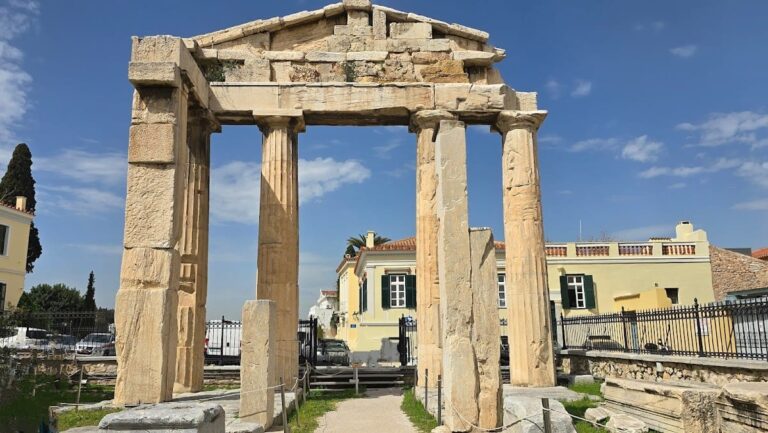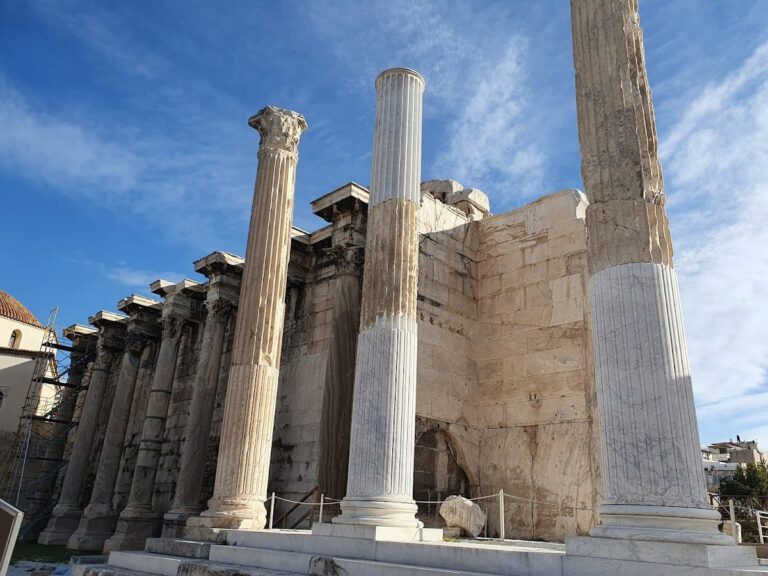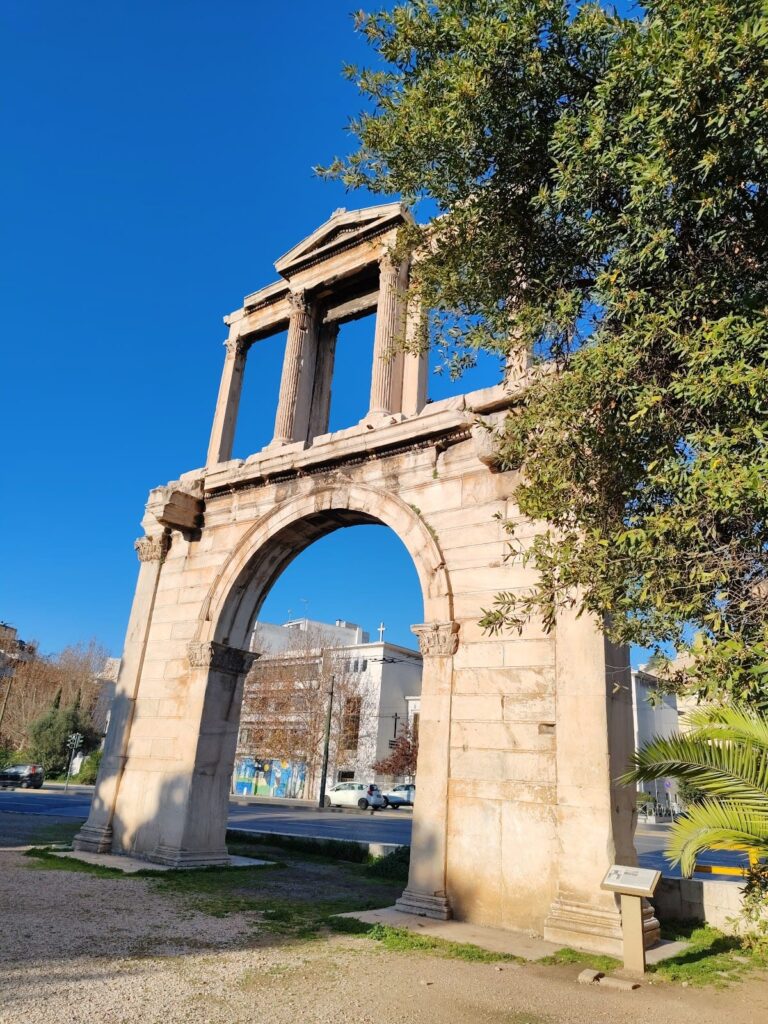Archaeological Museum of Piraeus
Visitor Information
Google Rating: 4.6
Popularity: Medium
Google Maps: View on Google Maps
Official Website: www.piraeus.org
Country: Greece
Civilization: Greek, Roman
Remains: Museum
History
The Archaeological Museum of Piraeus is located in the city of Piraeus, Greece, a site with a long history as a vital port and naval base for ancient Athens. The area was active from the Mycenaean period through the Roman era, serving both commercial and military purposes. Piraeus developed as a key harbor city, supporting Athens’ maritime power and trade networks.
During the Classical period, Piraeus functioned as Athens’ principal naval dockyard and commercial center. The city’s agora, or marketplace, was a hub of economic activity, reflecting its dual role in commerce and naval affairs. Artifacts from this time illustrate the vibrant economic life and the importance of naval warfare in the region.
In the Hellenistic period, Piraeus continued to thrive, with developments such as the construction of the theatre of Zea. This era saw changes in artistic styles and cultural practices, including the evolution of sepulchral monuments, which reveal shifting attitudes toward death and commemoration.
The museum’s collections include fine examples of Hellenistic and Roman art, noted for their delicate craftsmanship despite the period’s overall decline.
The museum today preserves and presents this layered history, drawing on finds from excavations and private collections. It also connects to the adjacent archaeological site of the Hellenistic theatre of Zea, integrating the city’s ancient past with ongoing cultural activities.
Remains
The museum building itself frames the western and southern sides of the Hellenistic theatre of Zea, linking the archaeological site with the museum’s exhibition spaces. The theatre dates to the Hellenistic period and is part of the broader historical context of Piraeus.
The museum houses a wide range of artifacts from the wider Piraeus region and the Attic coastline. These include pottery spanning from the Mycenaean through the Hellenistic periods, illustrating the long continuity of settlement and trade.
Among the notable exhibits is a metrological relief from Salamis, which served as a standard for weights and measures, reflecting the regulation of commerce in the ancient harbor. Market control lists found in the area further document the economic activities of the agora.
Bronze statues discovered near the harbor in 1959 are part of the collection, showcasing the artistic skill and naval associations of the city. Sepulchral reliefs from the 5th and 4th centuries B.C. demonstrate the morphological development of funerary monuments and changing cultural views on death.
The museum also preserves high-quality Hellenistic and Roman plastic art.
In the basement, conservation laboratories support the preservation of clay, metal, and stone artifacts. Storage areas hold finds from Piraeus, the coastal zone, and nearby islands, ensuring the protection of the region’s archaeological heritage.
An older nearby building serves as a repository for sculptures, complementing the main museum’s exhibition and conservation functions. Together, these facilities maintain the integrity of Piraeus’s archaeological record and support ongoing research and education.










